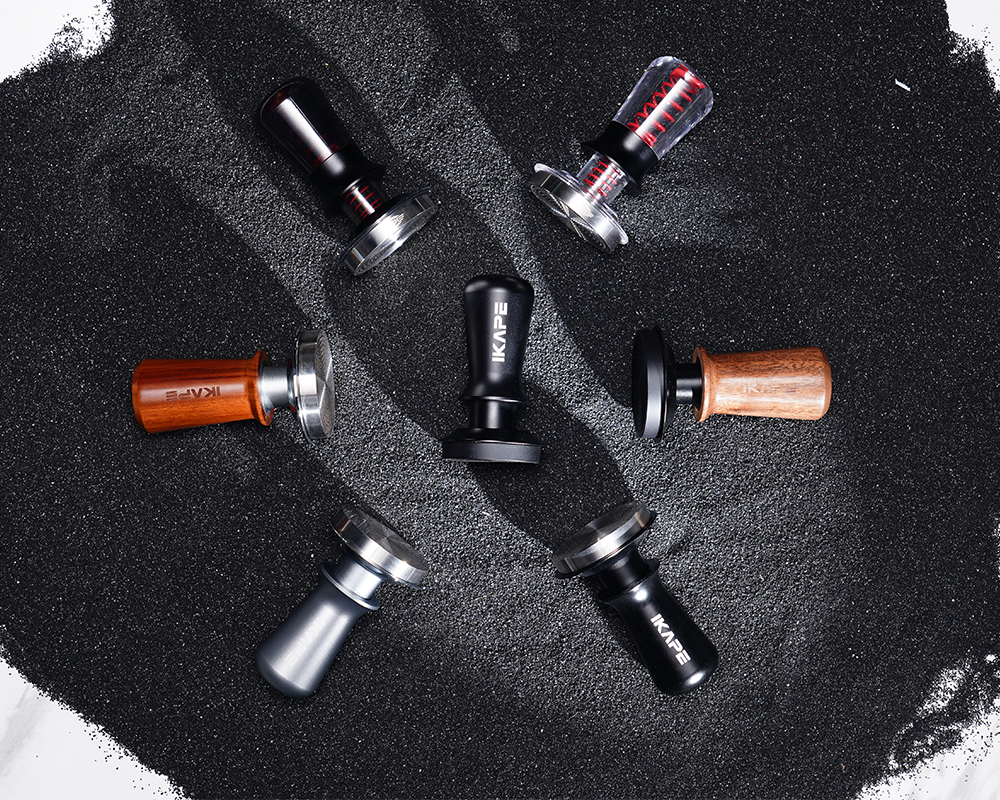Whether a coffee tamper is worth purchasing depends on your coffee quality objectives, equipment compatibility, and long-term cost efficiency. Here’s a structured analysis:
Technical Necessity: Physics of Espresso
A tamper is mandatory for espresso machines (particularly those with 9+ bar pressure). Untamped coffee grounds cause:
-
Unbalanced Extraction: Loose puck density can create 300% flow rate variance (5s to 25s), producing simultaneous sourness (under-extraction) and bitterness (over-extraction).
-
Machine Damage: Grounds forced into brew head screens require costly maintenance exceeding tamper prices.
Studies show standardized tamping (30lbs force) improves extraction uniformity by 42% and crema thickness by 35% compared to hand pressing (SCA 2021). While optional for low-pressure devices like Moka pots, light tamping still enhances flavor intensity.
Long-Term Economics
-
DIY Alternatives Fail: Spoon backs or cup bottoms create 30% edge gaps, wasting $7-12/month in coffee (2 cups/day).
-
Durability: Quality stainless steel tampers last 10+ years, costing ~¥20 annually—cheaper than filters or cleaning tablets.
Critical Notes
-
Tamping Isn’t Omnipotent: Puck density relies on grind size + tamp pressure. Overly coarse grinds will under-extract even at 50lbs force.
-
Requires WDT Tools: Use needle distributors to break clumps before tamping. Otherwise, tampers compact clumps into water-resistant barriers.
Verict: For semi-automatic/manual espresso users, tampers are high-ROI essentials (priority over milk pitchers/scales). Start with a basic model; upgrade to calibrated versions if budget allows. Unnecessary for capsule/drip coffee drinkers.






